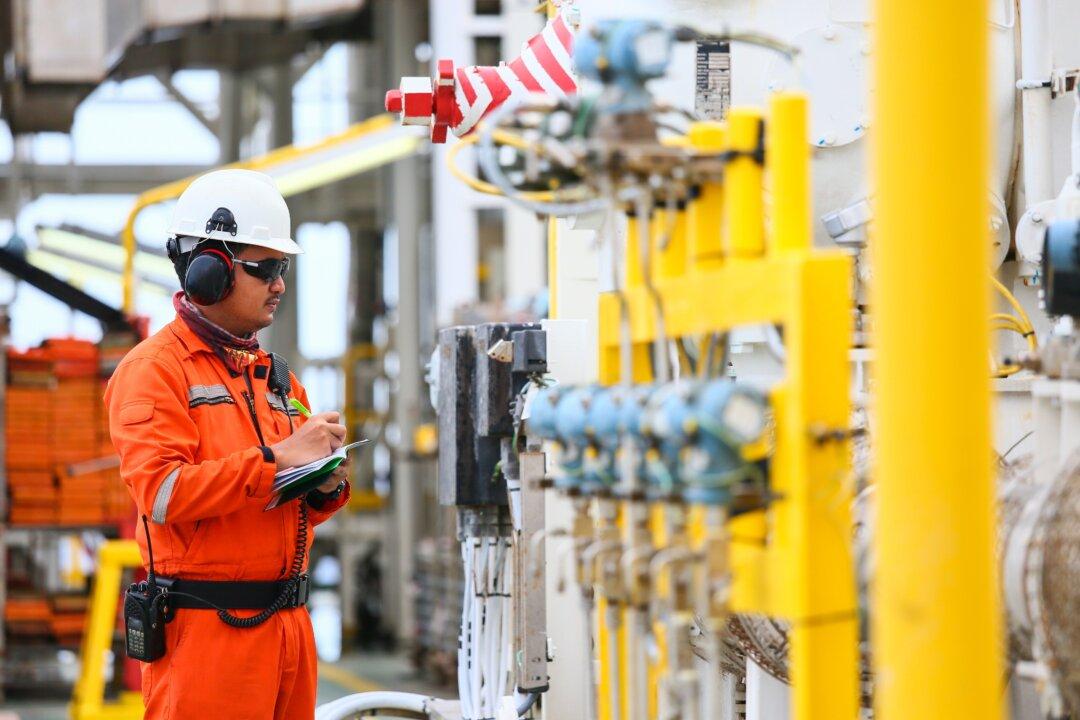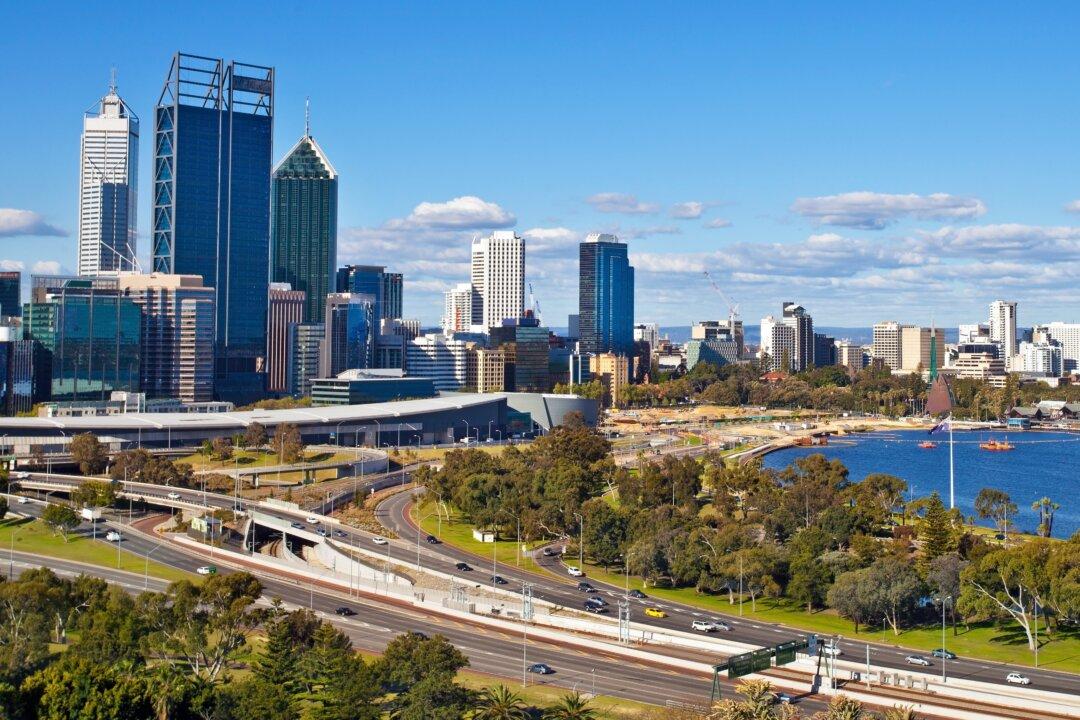Australia’s gas industry is playing a substantive role in supporting the economy, while environmental groups have called to cut gas altogether in favour of solar and wind energy.
A report by the Australian Economic Advocacy Solutions commissioned by the oil and gas coalition, the Australian Gas Industry Trust, outlined that by June 2021, the industry paid $18.2 billion in taxes and royalties to local, state, and federal governments.





